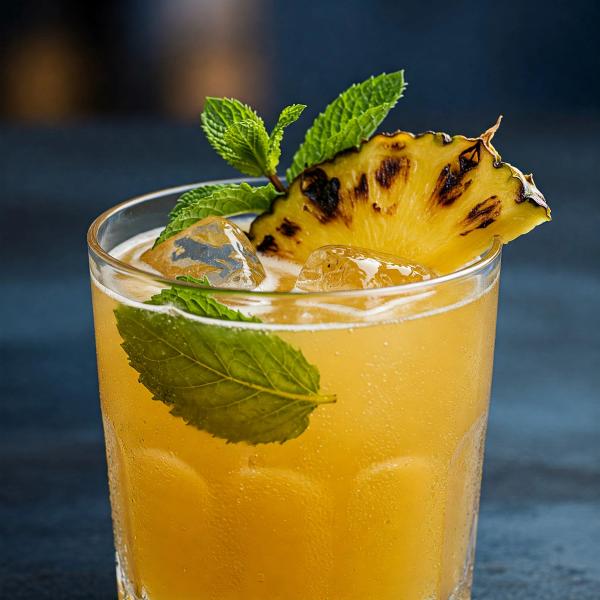I. Introduction to Maharashtra’s Culinary Heritage#
A. Brief Overview of Maharashtra’s Rich Food Traditions#
Maharashtra, a state located in the western region of India, boasts a diverse and rich culinary heritage. Its food culture is a mosaic of flavors, influenced by a tapestry of historical, cultural, and geographical elements. The state’s culinary tradition reflects a blend of indigenous flavors and influences from various regions and communities.¶
Maharashtrian cuisine is renowned for its vibrant and aromatic dishes, characterized by the skilled use of spices, bold flavors, and a variety of cooking techniques. From the tangy and spicy flavors of coastal dishes to the earthy richness of Vidarbha's cuisine, each sub-region offers its unique culinary delights. The usage of locally sourced ingredients, such as jaggery, peanuts, coconut, and various pulses, defines the authenticity of Maharashtrian dishes.¶
B. Significance of Food in Maharashtra's Culture and Daily Life#
Food holds immense cultural significance in Maharashtra, extending far beyond mere sustenance. It's deeply intertwined with rituals, traditions, and social gatherings. The dining table is a place where families bond, celebrations are marked, and cultural exchange happens. The elaborate meal preparations for festivals like Ganesh Chaturthi or Makar Sankranti depict the warmth and generosity inherent in Maharashtrian hospitality.¶
Moreover, food in Maharashtra transcends mere nourishment, reflecting the state's diverse history, social structures, and agricultural practices. It's a symbol of identity and pride, with many recipes passed down through generations, preserving age-old cooking techniques and authentic flavors.¶

II. History of Maharashtrian Cuisine#
A. Evolution of Traditional Maharashtrian Dishes and Their Origins#
The evolution of Maharashtrian cuisine spans centuries, dating back to ancient times. The traditional dishes have roots in historical practices and local ingredients. Staple foods like bhakri (a type of bread) and varan bhaat (dal-rice) have stood the test of time and continue to be an integral part of Maharashtrian meals.¶
Maharashtrian cuisine is deeply connected to the state's agrarian roots. The influence of farming and seasonal produce on traditional recipes has been paramount. The ingenious use of vegetables, lentils, and spices has led to the creation of iconic dishes like vada pav, puran poli, and pav bhaji.¶
B. Influences from Various Dynasties and Cultures on Maharashtrian Food#
Maharashtrian cuisine has been shaped by a confluence of influences from diverse dynasties and cultures that ruled the region. The Marathas, Mughals, and the British, among others, left their culinary imprints, introducing new ingredients, cooking methods, and flavors.¶
The coastal regions were influenced by the Portuguese, contributing to a fusion of Maharashtrian and Portuguese cuisine. The use of coconut, kokum, and seafood in Malvani cuisine showcases this amalgamation.¶
The culinary journey of Maharashtra is a fascinating story of adaptation and innovation, resulting in a varied and vibrant cuisine that reflects the state's cultural amalgamation over the years.¶
III. Morning Food Events and Breakfast Culture#
A. Traditional Breakfast Items and Their Significance#
In Maharashtra, the morning meal holds significant cultural importance. The traditional breakfast items are not only delicious but also reflect the state's diversity in flavors and ingredients. Some of the iconic breakfast dishes include:¶
Misal Pav: #
A spicy curry of sprouted beans served with pav (bread) garnished with farsan (crunchy toppings) and chopped onions. It’s a flavorful and wholesome dish enjoyed across the state.¶
Poha: #
Flattened rice cooked with spices, often garnished with peanuts, onions, and lemon. It's a light and popular breakfast choice.¶

Thalipeeth: #
A multigrain pancake made from a blend of flours and spices, often served with curd or chutney. It's nutritious and flavorsome.¶
Upma:#
A savory dish made from semolina and vegetables, seasoned with spices and herbs.¶
These breakfast items not only satiate hunger but also reflect the culinary heritage and local flavors of Maharashtra.¶
B. Popular Morning Food Events or Rituals in Maharashtra#
Maharashtra embraces a variety of food-related morning events and rituals, signifying cultural practices and community bonding:¶
Vat Pournima: #
Celebrated by married women who worship the banyan tree, known as Vat, and observe a fast. They break their fast by sharing sweet dishes, symbolizing unity among married couples.¶
Maharashtrian Weddings: #
Traditional Maharashtrian weddings have elaborate morning rituals, including serving a variety of breakfast items to the guests, showcasing the rich and diverse food culture of the state.¶
Community Breakfasts (Diksha Bhojan): #
During certain religious events or community gatherings, a community breakfast is organized, offering a wide array of traditional Maharashtrian breakfast items to all participants, fostering a sense of togetherness and unity.¶
IV. Maharashtrian Food Nights and Festivities#
A. Notable Food-Related Events and Celebrations in the State#
Maharashtra hosts several notable food-related events and celebrations throughout the year, bringing together communities and highlighting the richness of its cuisine:¶
Ganesh Chaturthi: #
This iconic festival includes the preparation and sharing of various sweets and savory dishes. The modaks (sweet dumplings) are especially significant, symbolizing the favorite food of Lord Ganesha.¶
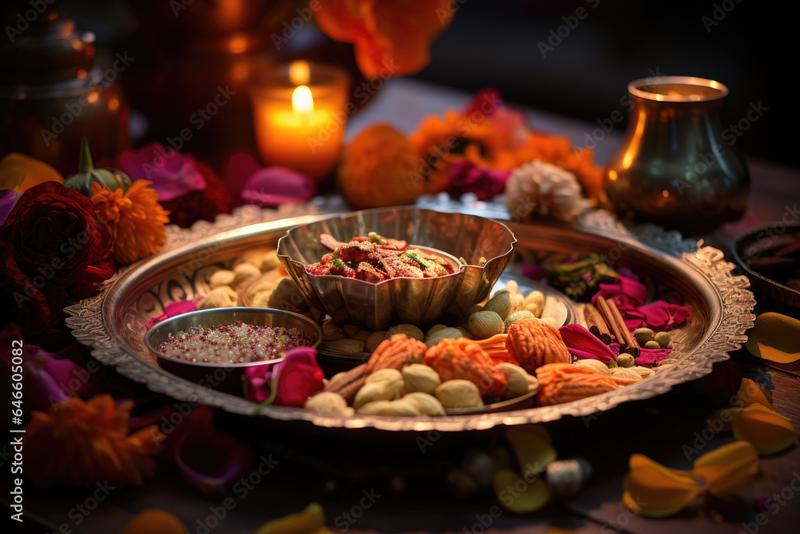
Gudi Padwa: #
The Maharashtrian New Year is celebrated with the preparation of special dishes like puran poli, shrikhand, and poori bhaaji, signifying the prosperity and auspicious beginnings of the new year.¶
B. Unique Food Nights and Festivals Celebrated in Maharashtra#
Nag Panchami: #
This festival celebrates the snake god, and a unique food tradition involves offering milk and sweets to snakes. People enjoy dishes like kheer (sweet rice pudding) on this day.¶
Pola: #
Celebrated by farmers, it involves performing rituals for their cattle. A variety of dishes, especially using dairy products, are prepared as an offering to the cattle.¶
These unique food nights and festivals are not just about food but also reflect the deep-rooted traditions and customs of Maharashtra, symbolizing unity, joy, and gratitude.¶
V. Economic Aspects of Maharashtra's Food Industry#
A. Revenue Generated from Food Exporting and Importing#
Maharashtra plays a significant role in India's food industry, contributing substantially to both exports and imports. The state's diverse agricultural production and food processing sectors are pivotal in generating revenue:¶
Exports: Maharashtra is a major contributor to India's food exports, providing items like grapes, mangoes, onions, and processed foods to international markets. The export of these agricultural products contributes significantly to the state's revenue.¶
Imports: The state also imports various food items to meet local demands and supplement its food supply. Imports often include products like pulses, edible oils, and other food commodities.¶
B. Impact of the Food Industry on Maharashtra's Economy#
The food industry is a key driver of Maharashtra’s economy, contributing to employment, revenue, and overall economic growth:¶
Employment: The food industry, comprising agriculture, food processing, and related sectors, provides substantial employment opportunities. From farming to processing, packaging, and transportation, the food industry employs a significant portion of the state's workforce.¶
Contribution to GDP: Maharashtra's food industry significantly contributes to the state’s Gross Domestic Product (GDP), playing a crucial role in the overall economic output.¶
The food industry not only sustains the livelihoods of numerous individuals but also plays a fundamental role in enhancing Maharashtra's economic prosperity.¶
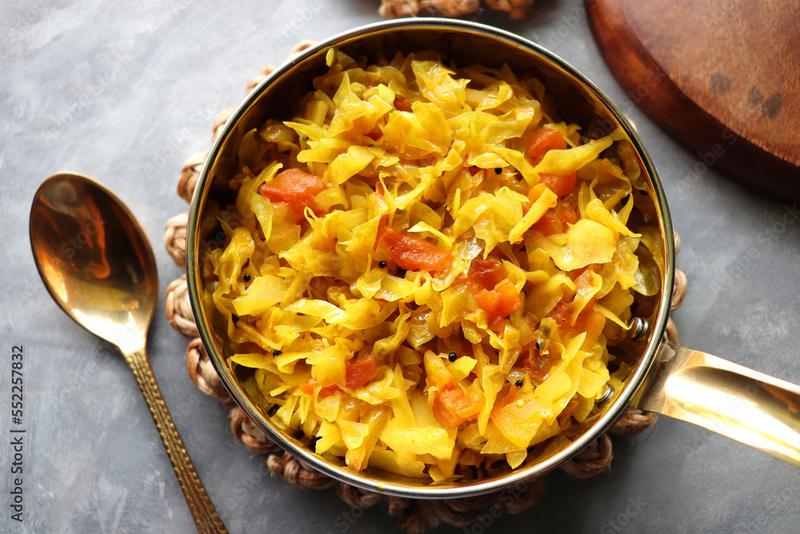
VI. Eating Patterns in Maharashtra#
A. Vegetarian vs. Non-vegetarian Preferences in the State#
Maharashtra is renowned for its diverse eating patterns, accommodating both vegetarian and non-vegetarian preferences:¶
Vegetarianism: Traditionally, Maharashtrian cuisine has a strong vegetarian influence, with a wide array of delicious vegetarian dishes. Staples like bhakri, sabudana khichdi, and amti reflect the essence of vegetarian Maharashtrian cuisine.¶
Non-vegetarian Cuisine: Coastal regions of Maharashtra, particularly the Konkan and Malvan areas, have a rich tradition of seafood-based dishes. Delicacies like bombil fry, Kolhapuri mutton, and Malvani fish curry are highly popular among non-vegetarians.¶
B. Historical Background and Cultural Influences on Dietary Choices#
The historical background and cultural influences play a significant role in shaping the dietary choices of Maharashtrians:¶
Cultural Traditions: Maharashtrian food habits have been deeply influenced by historical events, invasions, and cultural exchanges. The influences of Maratha, Mughal, and Portuguese cultures have left lasting imprints on the state’s cuisine.¶
Religious Practices: Religious beliefs and customs have also significantly impacted dietary preferences. For instance, during certain religious observances and festivals, vegetarianism is commonly practiced.¶
The dietary patterns in Maharashtra are a beautiful amalgamation of cultural, historical, and religious influences, showcasing the diversity and richness of the state’s food culture.¶

VII. Demographic Ratios in Food Consumption#
A. Child, Adult, and Gender-based Ratios in Food Preferences#
Child Preferences: Children in Maharashtra often prefer lighter meals and snacks such as poha, sandwiches, and chapati with vegetables. Festive sweets like modak during Ganesh Chaturthi or jalebi during Diwali are particularly favored.¶
Adult Food Preferences: Adults generally have a wider palate and often relish traditional and spicier Maharashtrian dishes like vada pav, pav bhaji, or thali meals including varan bhaat and bhakri with an array of curries.¶
Gender-based Preferences: While there might not be strict gender-based preferences, certain cultural practices might influence food choices. For instance, during festivals or special occasions, women might prepare more traditional dishes, while men might take part in outdoor cooking or grilling.¶
B. Societal Influences on Eating Patterns in Different Demographics#
Urban vs. Rural Differences: Urban areas might have a higher inclination towards fast food and international cuisines due to diverse populations and global exposure. Rural areas, on the other hand, might maintain a more traditional culinary approach, relying on locally sourced ingredients.¶
Socio-economic Factors: Affordability and accessibility greatly influence eating patterns. Higher-income groups might indulge in fine dining and exotic cuisines, while lower-income groups may predominantly stick to simpler, home-cooked meals.¶
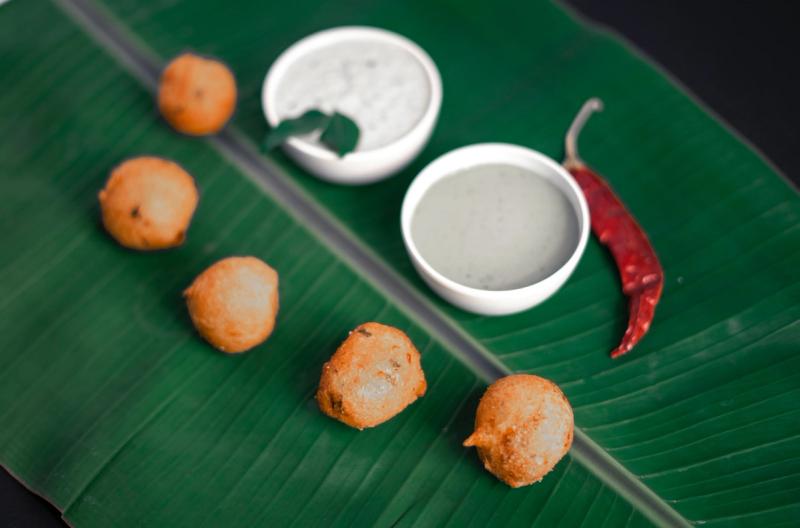
VIII. Maharashtra’s Food Specialties in Different Regions#
A. Exploration of Regional Cuisine and Popular Dishes in Various Areas#
Coastal Delights: Coastal regions like Konkan and Malvan boast delectable seafood dishes. Specialties include bombil fry, fish curries, and solkadhi, a tangy drink made from coconut milk and kokum.¶
Western Maharashtra: This region is known for its spicy and flavorful dishes. Kolhapuri cuisine, famous for its fiery taste, offers dishes like Kolhapuri chicken and tambda rassa.¶
Eastern Maharashtra: Vidarbha's cuisine often includes dishes made from jowar and bajra, showcasing a range of comforting and earthy flavors. Specialties like saoji chicken and varhadi rassa are popular here.¶
B. Unique Food Items Associated with Specific Locations in Maharashtra#
Puran Poli (from Marathwada): A sweet flatbread stuffed with lentils and jaggery, often prepared during festivals.¶
Solkadhi (from Konkan): A tangy drink made with coconut milk and kokum, perfect for coastal weather.¶
Bharli Vangi (from Pune): Stuffed baby brinjals cooked in a spicy masala, representing the rich flavors of Western Maharashtra.¶
Maharashtra’s various regions offer a delightful spread of distinct flavors and dishes, reflecting the cultural diversity and culinary heritage of the state.¶
IX. Famous Incidents and Events in Maharashtra's Food History#
A. Anecdotes or Historical Events Related to Food Culture#
Vada Pav's Origin: The inception of vada pav by Ashok Vaidya in Mumbai stands as a revolutionary event in the street food culture of Maharashtra. This iconic dish represents the fusion of flavors and affordability.¶
Shaniwar Wada’s Lavish Feasts: The historic Shaniwar Wada in Pune was known for its lavish feasts and grandeur during the Peshwa era, showcasing the opulence and culinary finesse of that period.¶
B. Noteworthy Occurrences That Shaped Maharashtra's Culinary Landscape#
Introduction of Misal Pav: The emergence of misal pav, a spicy sprout curry with bread, into Maharashtra's culinary scene marked a significant shift in the popular street food culture.¶
Influence of Thalipeeth: The prevalence of thalipeeth, a nutritious multigrain pancake, highlighted the importance of indigenous grains and traditional Maharashtrian recipes.¶
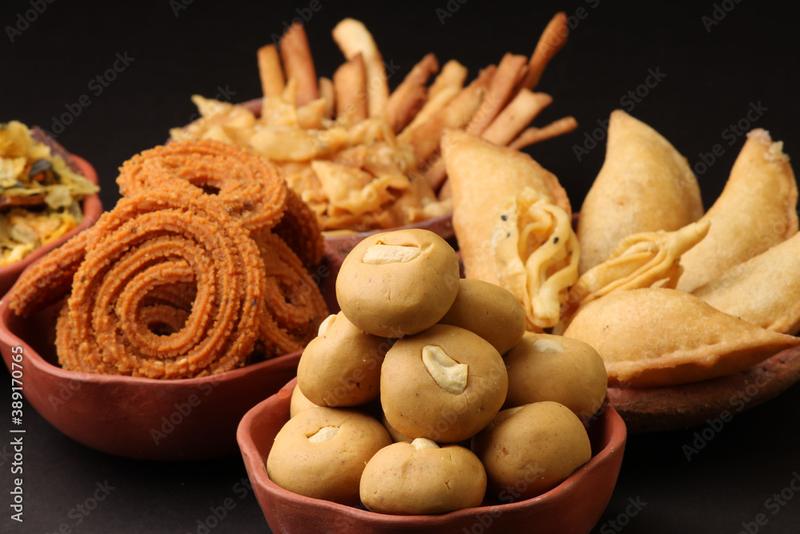
X. The Business of Food: Industry Parameters and Revenue#
A. Key Economic Indicators and Parameters in the Food Industry#
Agricultural Yield: Maharashtra’s high agricultural yield in sugarcane, grapes, and other produce significantly contributes to the state's economic growth.¶
Food Processing Units: The increasing number of food processing units, especially in regions like Nashik and Aurangabad, plays a vital role in value addition and revenue generation.¶
B. Impact of Food-related Businesses on the State's Economy#
Employment Generation: Food-related businesses, including farming, processing, and distribution, contribute substantially to employment opportunities across rural and urban areas.¶
Exports and Revenue: The food industry's exports contribute significantly to the state's revenue, portraying Maharashtra as a key player in the national and international food market.¶
XI. Conclusion: Embracing Maharashtra's Food Diversity#
A. Summary of the Richness and Diversity in Maharashtra's Food Culture#
Maharashtra's culinary landscape is a vibrant tapestry woven with diverse flavors, cultural influences, and historical legacies. From the aromatic spices of Kolhapur to the coastal delights of Malvan, each region offers a unique gastronomic experience.¶
The state's food culture encapsulates a beautiful fusion of tradition and innovation, serving both authentic age-old recipes and contemporary culinary delights.¶
B. Significance of Preserving and Celebrating this Culinary Heritage#
Preserving Maharashtra's culinary heritage is crucial not only for maintaining cultural identity but also for promoting tourism, fostering economic growth, and ensuring the transmission of knowledge and traditions to future generations. Celebrating this diverse culinary heritage fosters unity and pride among Maharashtrians, showcasing the richness of their state's food culture to the world. It's a celebration of history, innovation, and the flavors that bind communities together.¶






